I started Monday morning in the lab with Ting. Over the weekend we had left CO2 running through a bottle of water and sand. From this water, we took samples and sent them to another lab to test. The results of these samples will tell us if we need to filter the sand or use any other components in our final experiment! Once we had sent the samples to the lab, I worked with Zhidi on my REA coding. I have mentioned REA in past blogs, but for those who don’t know, it means Representative Elementary Area, or Volume if finding REV. Once the code is done it will be able to take random sizes of samples, and then graph the results. The results that are graphed will then tell us what the best sample size is to find the porosity. This is imported to know once you get out into the field, because you can’t take the whole rock, you have to take a sample that will best represent the porosity! Zhidi tried to explain her whole algorithm, and we tried to get it to work, but it was going to take longer than a day. After Zhidi and I were done, Adriann came to get all the sensors ready for our rooftop experiment Tuesday! Last week, we had run into a problem with the LI-COR’s data recording in the original software, so Adriann and I decided to use an Arduino to record the data instead. Once we got that working, we got everything ready and organized for our experiment the next day!
We started Tuesday super early at eight in the morning! Adriann, Charlie, Kevin and I all pilled our arms full of sensor supplies and made the trek to the union roof. I forgot to mention in my blog last week, but I was introduced to Charlie Leo on Thursday. He is another Highschool age intern, but he’s from Salt Lake. Anyway, we got up to the roof and got our sensors set up. I set them up in a square all the same length away from the LI-COR’s input tube, and then we turned them on and got them sensing!
To make sure the timing would be accurate, and so we could line the data up correctly later, we spiked the CO2 readings by blowing on all of the sensors at the same time. We did this when we first started and then later about halfway through. For the rest of the time we explored the roof, chatted, and I got to know Charlie better.
You could see almost all of campus from up there, and most of downtown! It was so pretty and the weather was perfect, not too sunny which meant we didn’t have to protect the sensors from the sun, at least not for most of it. Towards the end, the sun came out and with it the heat. Oh my goodness we only lasted five more minutes in the heat and then we had to stop. We tried to rig an umbrella holder with our backpacks, but it didn’t work, so I held the umbrella.
We finally escaped the blazing heat and got back to the office. From here I downloaded the data from all the sensors and go to work analyzing it. I started analyzing in Excel, but I have never used it so it was challenging. After trying and failing to use it for most of the day, I transferred the data to Python and made much more progress. I was able to manipulate the data much easier and I was able to line up all of our spikes in the data so we could compare it better.
I ended the day with a this graph. I still have some processing to do, but I’m happy with what we have now!
I began Wednesday in the lab with Ting preparing for our experiment. I measured sand, and then I measured many different solubles, which are substances able to be dissolved in liquid.
I then mixed different amounts and combinations into some different amounts of pure water. This created different types of water that you might see in the field. Once everything was mixed correctly I checked the pH of all the water types without sand, and with.
It took FOREVER for the pH monitor to check each pH level, and I was so cold! The lab is always kept at a lower temperature to keep all chemicals and pressures stable, and the fan above the table I’m working at also had to be on the whole time. It outputs fresh, extremely clean air to keep the table clean, and to keep dust from getting into the batches so it doesn’t mess with the results. Thus it was extremely cold and at some points my hand went numb from holding the monitor for so long and from the cold air. But we powered through and the monitor allowed us to finish at a reasonable time.
We started again on Thursday by checking all the pH’s of the batches without having injected CO2 into them, and then we connected the CO2 lines and started injecting CO2.
Disclaimer: The level of pH seen on the monitor screen in the picture didn’t end up the the level, I took the picture while it was still stabilizing. It did end up being close though, at 8.45 pH.
Also as you can see in the second picture, (in the yellow box,) we took samples of the water which we then took to a centrifuge. A centrifuge is a machine that spins the samples, uses centrifugal force, and separates the solids from the liquids. In the picture you can also see that the samples in the front are the same color as the liquid in the bottles since the sand was mixed in the water and the particles hadn’t yet settled to the bottom. Once the samples came back from the centrifuge, the sand grains were settled on the bottom of the sample bottles, sadly I didn’t take a picture of this. From here we were able to take the separated liquid and store it to be tested later. Throughout the day, we tested the pH and sent samples to the centrifuge. We did it incrementally 1, 2, 4, and 8 hours after we first started injecting CO2 into the batches. In between testing Ting and a chemical engineer who was helping us, took me to some places I hadn’t seen in the union. There’s a bowling ally! And a ton of pool tables, ping pong, and a TV gaming set up.
After we had tested everything for the fifth time, we finally got out of the office and headed home.
We began Friday testing that days pH and centrifuge. We thankfully had to only take one that day since the most drastic reactions usually happen on the first day.
Thinking ahead I also wore a bigger jacket and I was able to stay warm! After the lab I put the data we had so far into Excel, and Ting was able to help me understand and work it better! Once she left, Charlie and I went to the library to analyze the data and work with it more in Excel. I was excited to work in this super cool, outdoor courtyard in the middle of the library. Charlie pointed out that it looks like a futuristic hideout that you would see in a dystopia film.
I really appreciated the super cool architecture and the juxtaposition of all the different colors and material used. Since none of our mentors were there at the time, we then went to lunch in downtown and I tried Cupbop for the first time, which is amazing, food truck style, Korean barbeque. After that we came back to campus and continued to work in Excel with the pH data. Once Zhidi got back, we worked on my REA code and finally got it working correctly!
The first picture shows the grid that will have samples taken from it, the second shows the average of the samples taken, and the third shows the standard deviation. In the second picture, you can see as the samples go from crazy random to more defined, which shows that the best REA is around 0.20 for that grid. After the coding was done, Charlie and I returned to the library to pick up yet another D20, and this one finally turned out how I wanted it!
The numbers finally came out clean, I just haven’t cleaned all the supports out, and all the sides are clean too! Once I had my die, we explored the library some more and read some books about gardens. The one I picked out was about Japanese gardens and had the coolest paintings inside.
It also had the coolest introduction poem.
On our way out I stumbled across this cool book made by Suikang Zhao.
In my free time this week I went longboarding a ton in my host families neighborhood. I also went and got more custard, and discovered the actual entrance to the building had a super cool sign!
On Saturday, my best friend was travelling through Salt Lake and we were able to meet up!
I was so excited to see her and I can’t wait to see my other friends when I get back to Montrose. I love being here and I don’t want my internship to end, but I’m also excited to see my friends!
I also taught one of the kids in my host family how to use a lacrosse stick so we were able to play pass in the neighborhood’s beautiful park.

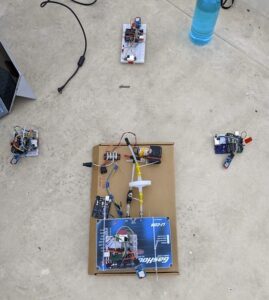
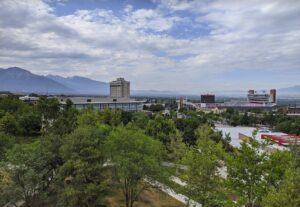
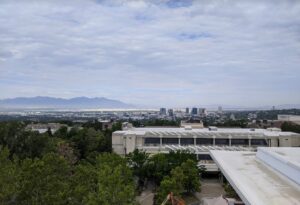
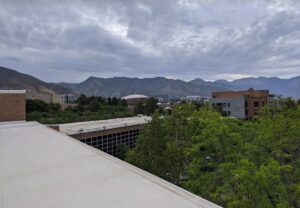
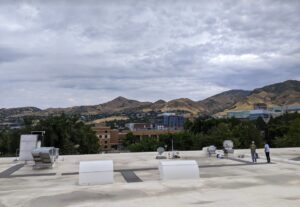
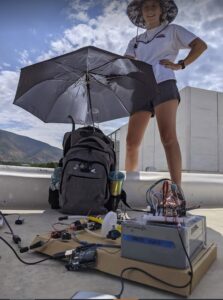
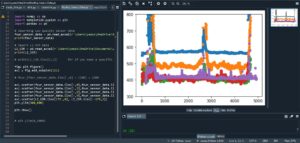
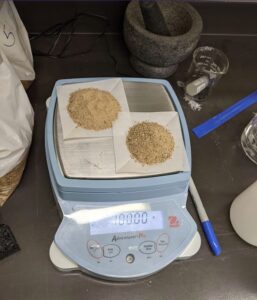
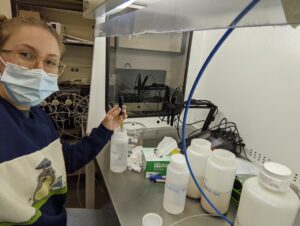
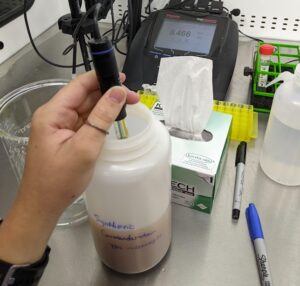
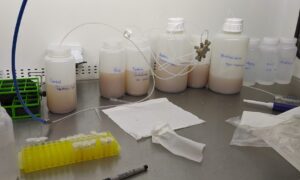
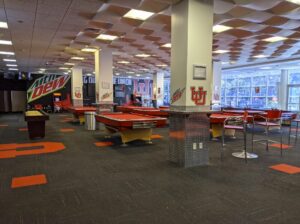
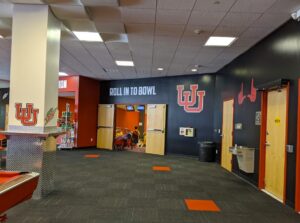
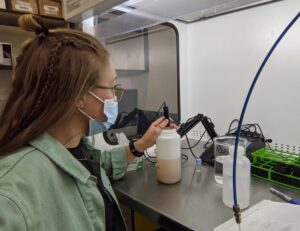
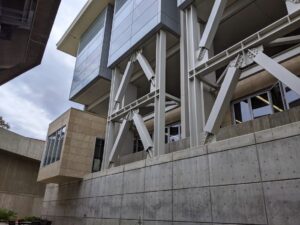
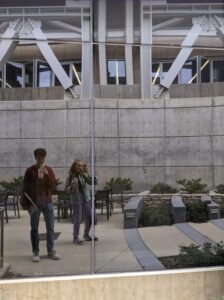
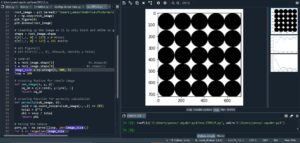
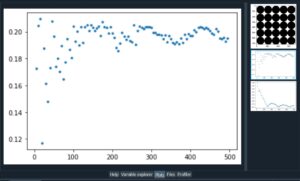
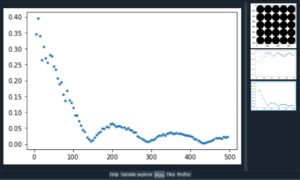
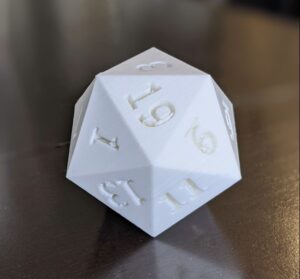
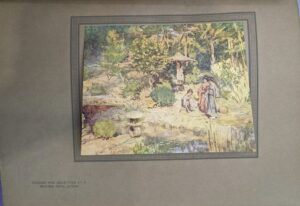
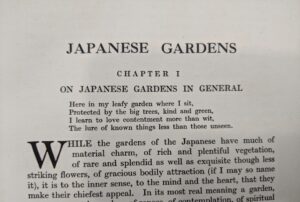
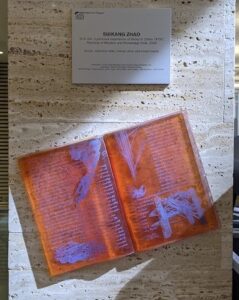
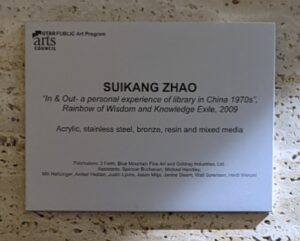
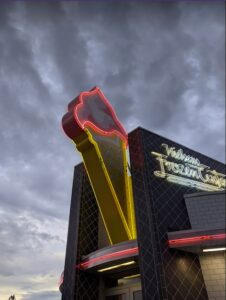
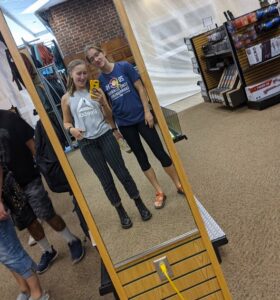
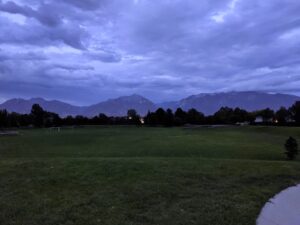
There are no comments published yet.